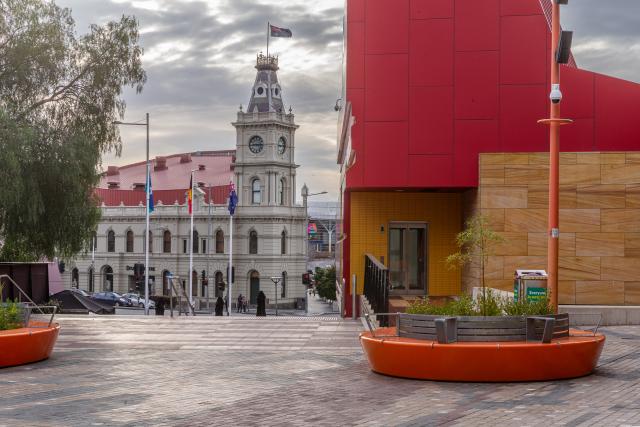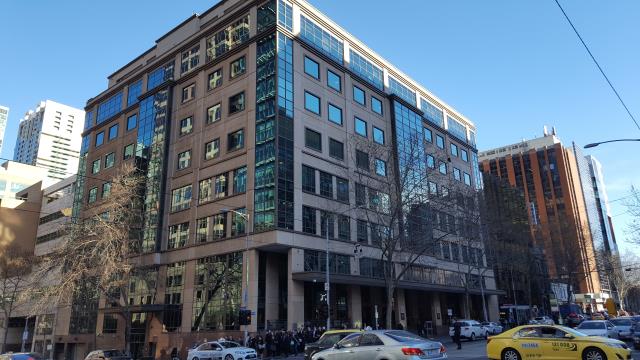Homelessness services in Greater Dandenong are struggling to find even short-term housing for rough sleepers in what is being described as a “huge crisis“.
The Dandenong Zero project, which aims to end rough-sleeping homelessness in Greater Dandenong by mid-2025, reported 73 people “actively homeless” on its By-Name List (BNL) as of January.
Of them, 51 were still “rough sleeping” in doorways, parks, under bridges, in cars or in derelict squats.
The project, run by Launch Housing and City of Greater Dandenong, aims to move rough sleepers into interim accommodation and then more long-term housing.
“Our housing outflows from the BNL are low compared to other projects so far, which also indicates that there is a lack of affordable housing,” a Launch Housing spokesperson said.
“And at 51 people out of 73 there is still a very high proportion of people sleeping rough.
“It is also indicative of a lack of interim accommodation options. That is, quality crisis accommodation and low-barrier shelters.”
Rough sleepers represent only about 7 per cent of the homeless population, says homelessness support service WAYSS’s chief executive Wayne Merritt.
“There are thousands and thousands of people in cars, sleeping at friends’ places. On any given night in Australia, there are more than 100,000 experiencing homelessness.”
In the past 12 months, a sharp increase of people have presented to WAYSS’ access point in Dandenong.
“Last week we had 38 people coming to our access point by 11 o’clock – that’s just crazy – and the options available to those people are limited because of the lack of housing and the rental market,“ Mr Merritt said.
“In Dandenong, in terms of social and affordable housing, it has rooming houses, hotels, motels as short-term options.
“But long term like Office of Housing (properties), private rentals, family and friends, it’s so difficult to find things.”
A recent university report estimated that 4700 households – or 8.8 per cent – in Greater Dandenong were either spending 30 per cent of their income on rent, living in overcrowded housing or were homeless.
It also found that social and affordable housing stocks only met 31 per cent of the current need in the council area.
The report by the Community Housing Industry Association (CHIA) and UNSW City Futures Research Centre looked at data from the 2021 Census.
That proportion could be even higher today, Mr Merritt said.
“The Census data does highlight the housing need in 2021 and it is key to recognise we were in the middle of the pandemic and now we’re seeing increased interest rates, higher cost of living and a lack of affordable and social housing and rental properties within the whole southern region.”
Melbourne’s South East was ranked as the third-worst affected area in Victoria when it comes to housing stress, behind Melbourne’s North West and West. It is also in the top 10 in Australia.
CHIA Victoria acting CEO Jess Pomeroy said its report highlights the urgent need for more social housing in Victoria.
“Victoria has the lowest proportion of social housing in the country. We urgently need governments to provide a clear, long-term funding pipeline for social and affordable housing beyond the Big Housing Build.
“The Victorian Government can help achieve this by spending $6 billion on 20,000 social homes over the next decade.”
Mr Merritt agreed there is a need for an investment in increased housing stocks, but said the government and homelessness service providers also need to better address immediate needs.
“The conversation is heading in the right direction, but these things take time and time is not what a lot of people have right now, so we need to be creative in how we respond to the immediate needs of the community.
“[Housing] is just the tip of the iceberg, each and every day we’re seeing more people with significant trauma from their experiences, so it’s a much larger approach than just housing.
“As well as housing, we need to give appropriate support for these individuals, in a well connected community, so they can succeed in life.”








